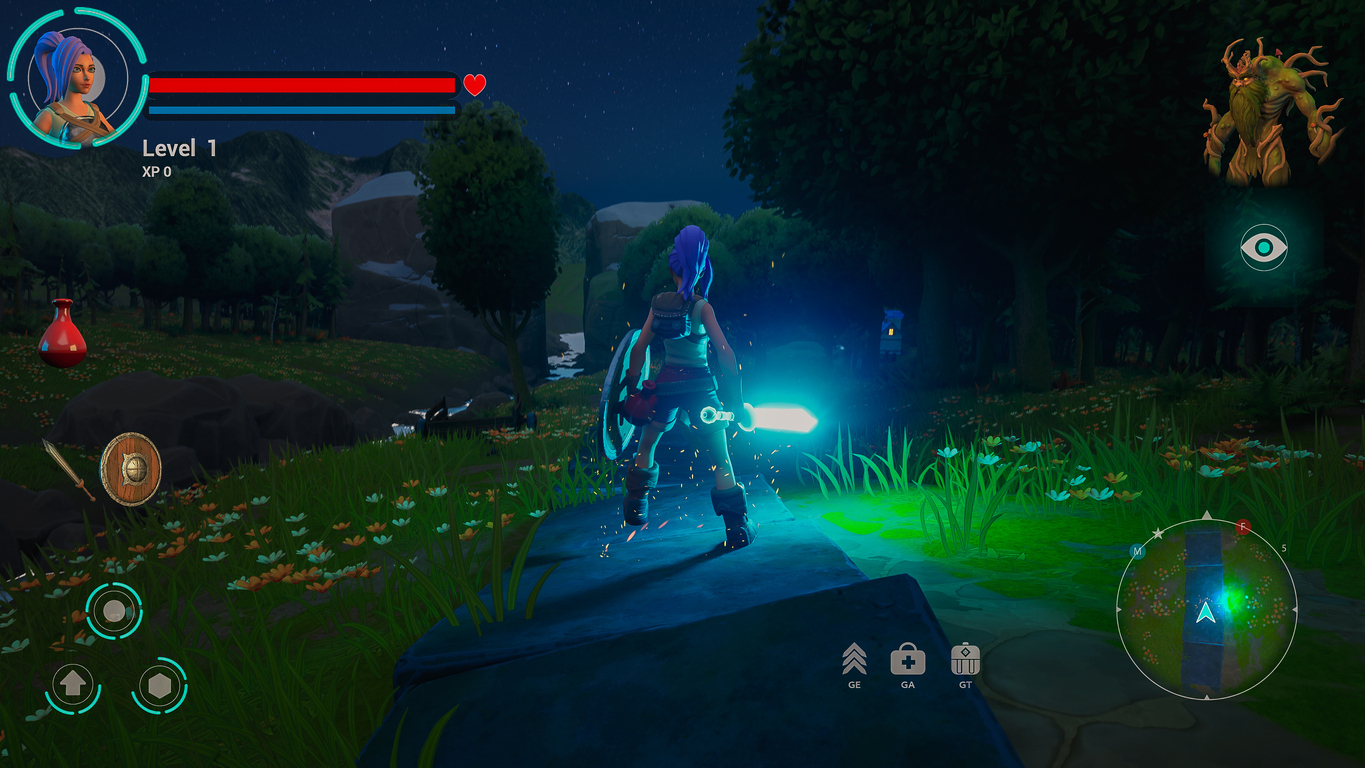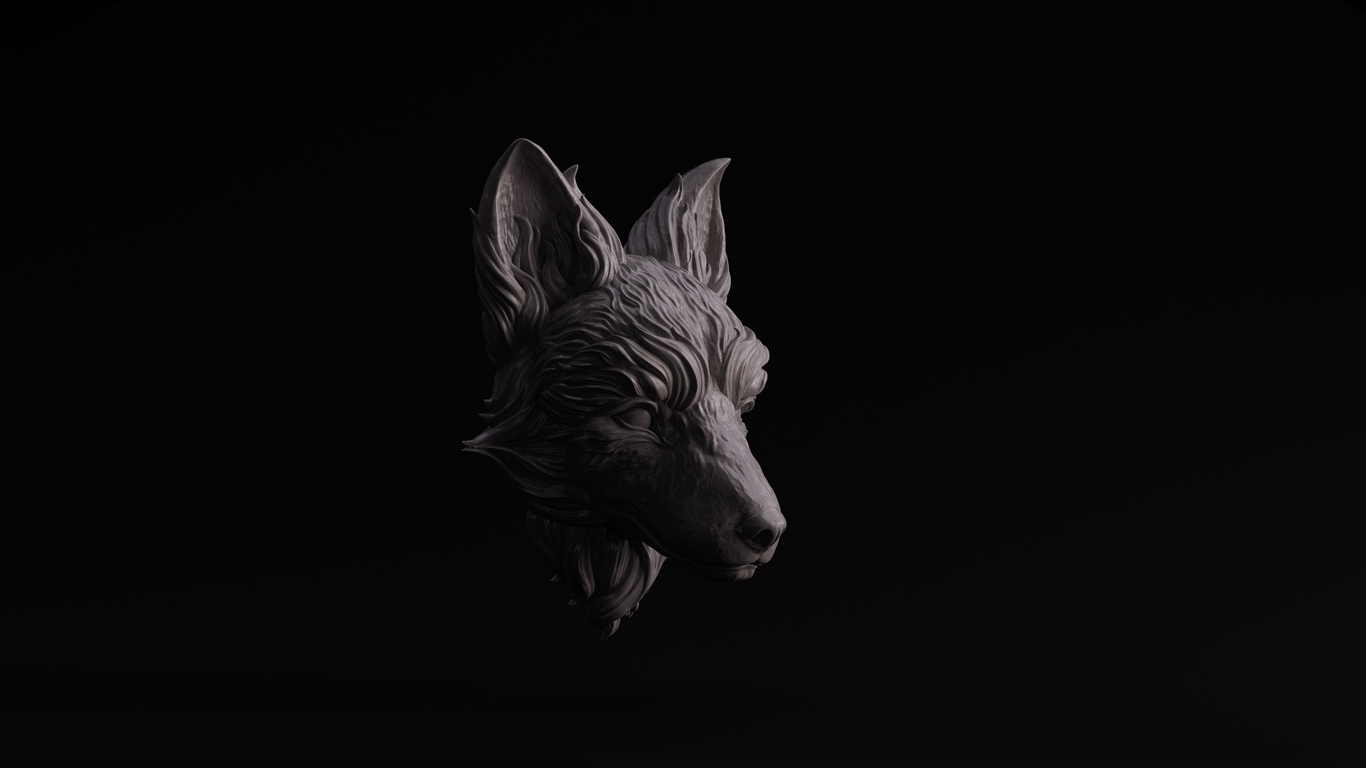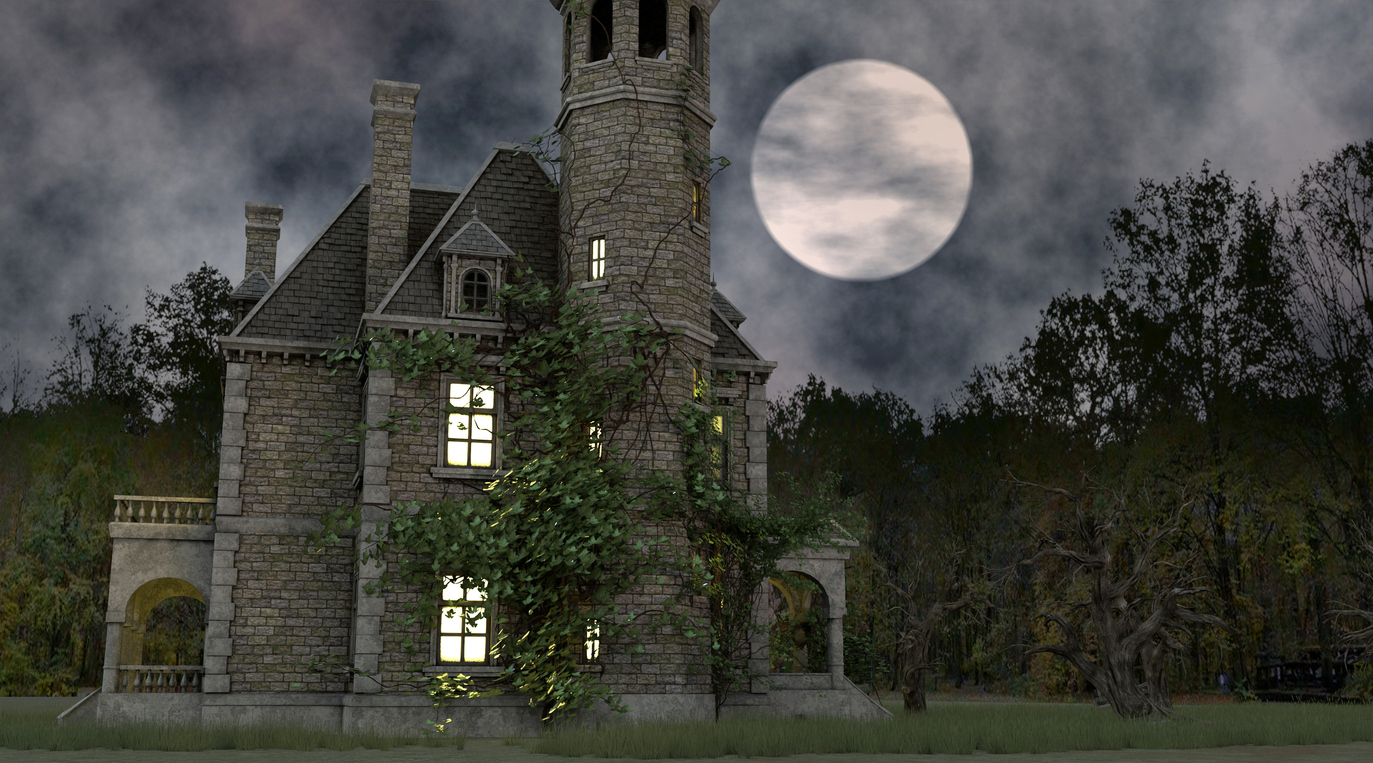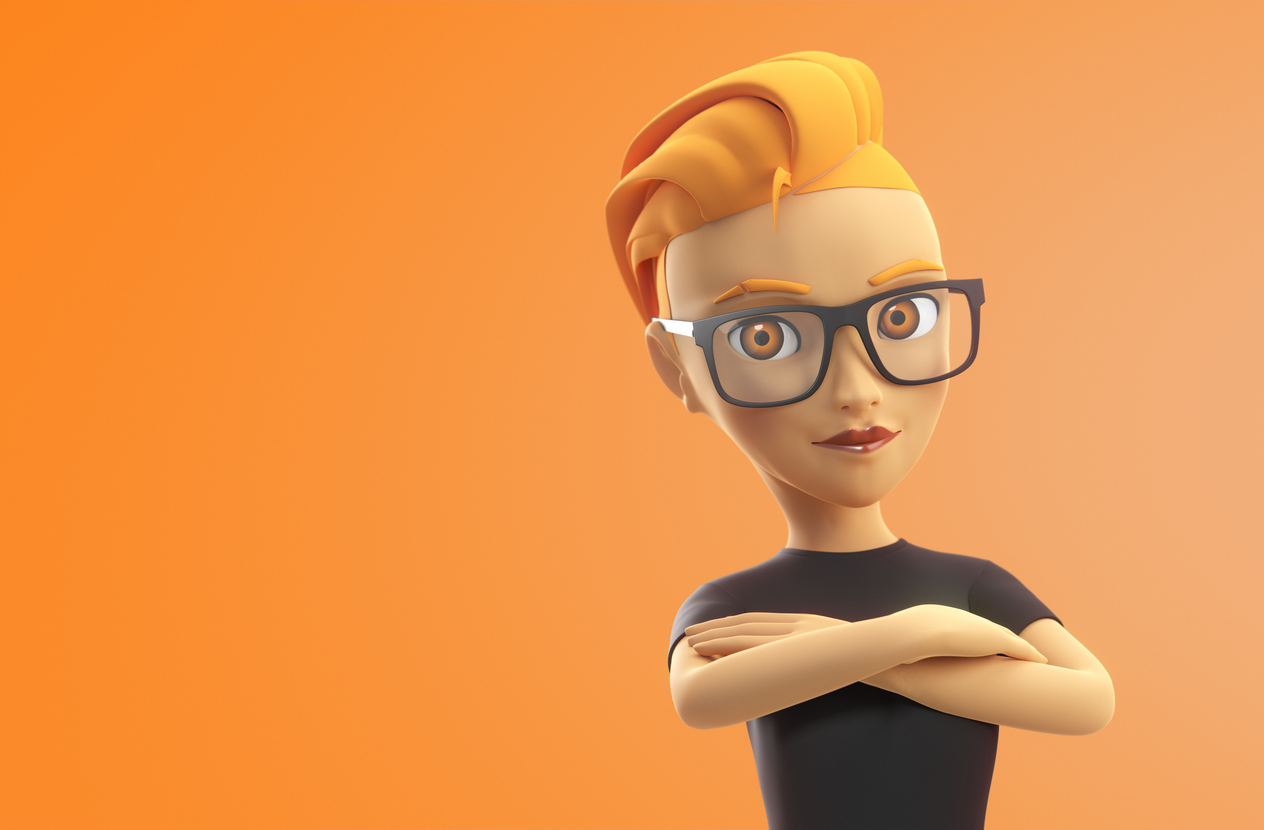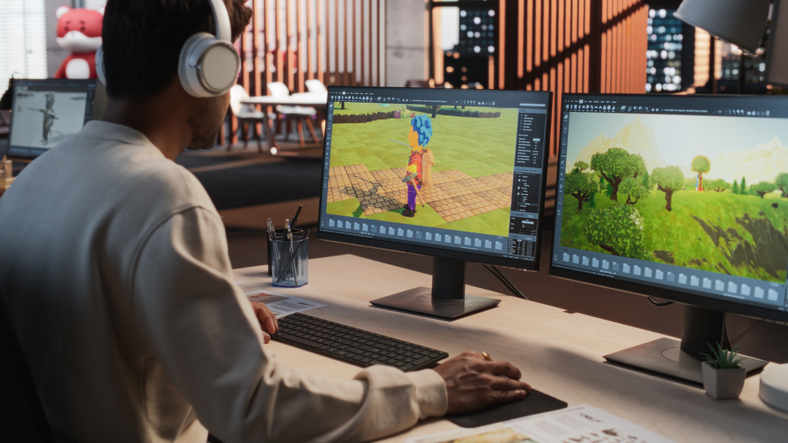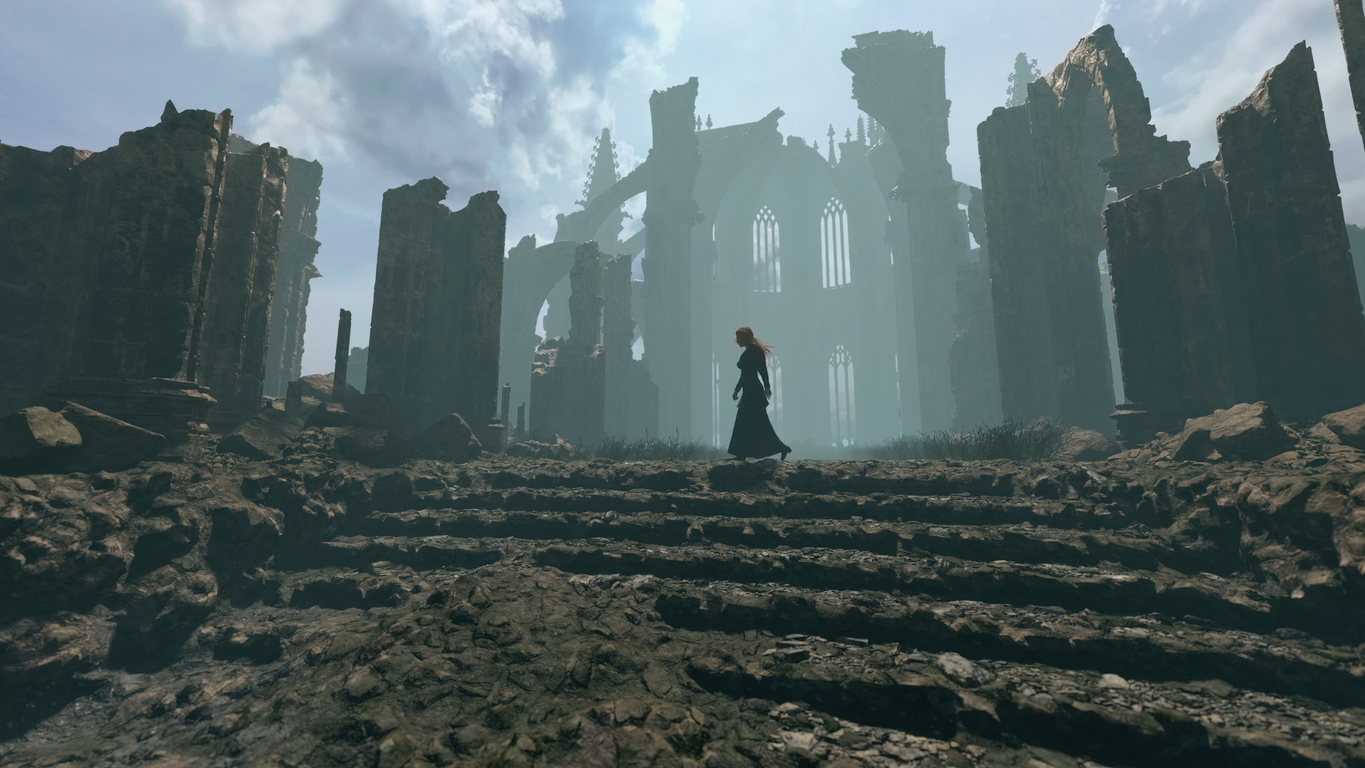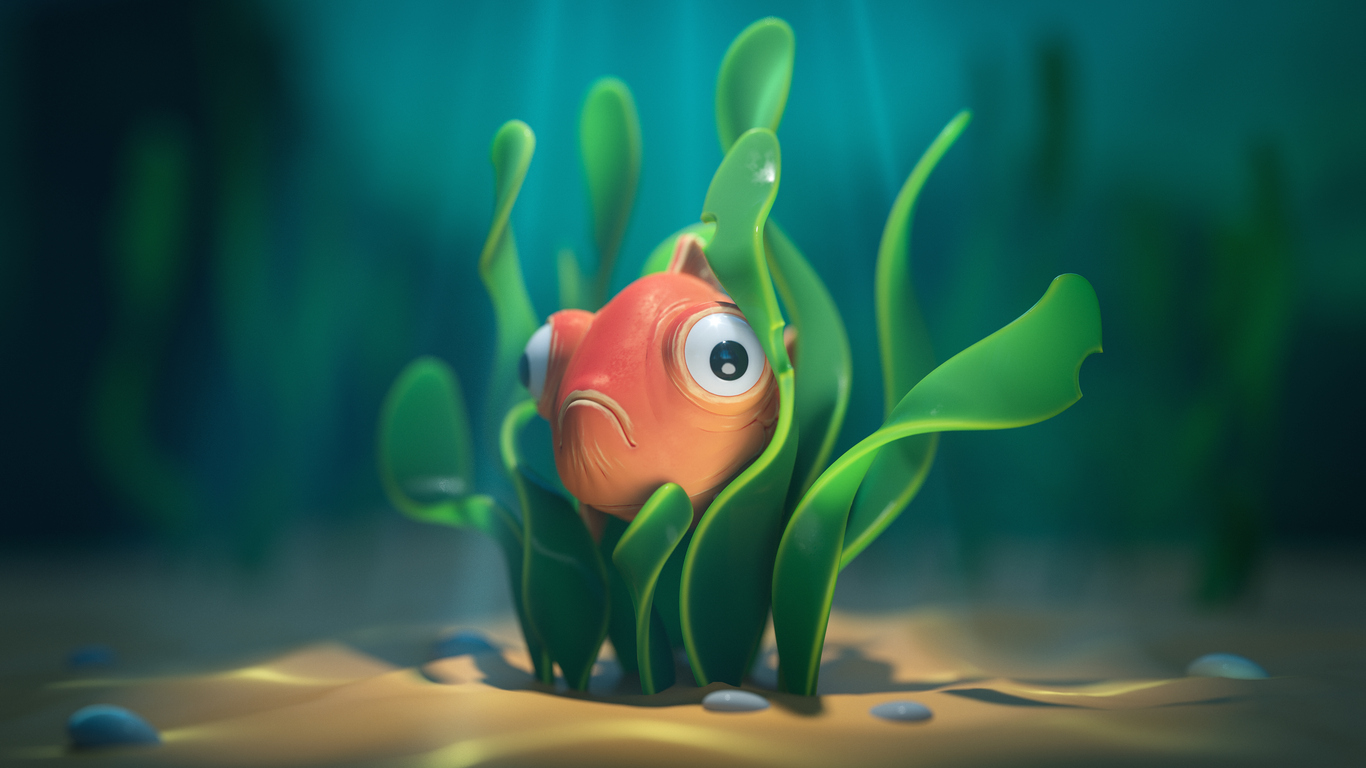Modern films and games rely on digital effects to create collapsing buildings, flowing water and swirling smoke. Houdini is a go‑to tool for these effects because of its procedural approach to animation and simulation. Alembic files (.abc) act as a bridge between applications like Maya, Blender and Houdini, carrying animated geometry and camera data.
For beginners, terms like packed primitives or VDB volumes can be daunting, but understanding them opens up a world of creative possibilities. This guide breaks down the steps for using Alembic files in Houdini simulations and highlights how structured learning, such as VCAD 3D Modeling Animation Art and Design Diploma, can accelerate your mastery.
Step‑by‑Step Guide to Simulating Alembic Objects in Houdini
Step 1: Understand Your Tools and Goals
Before you start, take a moment to define what you want to achieve. Are you simulating a building collapse, a flowing river, a cloth draped over a chair, or a burst of smoke? Knowing the solver type—RBD, FLIP, Vellum or Pyro—will help you plan your approach. At VCAD, students learn to break down creative goals into technical steps, a skill that benefits every project.
Step 2: Import the Alembic File
Bring your .abc file into Houdini. Choose one of the following loading methods:
- Delayed‑Load Primitives are lightweight placeholders for quick previewing.
- Unpack Delayed‑Load loads and automatically unpacks the file into editable geometry.
- Load Houdini Geometry converts the Alembic directly into native polygons.
For simulations, avoid leaving the data packed. Instead select “Unpack” or “Load Houdini Geometry” so you have full control over the geometry.
Step 3: Unpack and Inspect the Geometry
After loading, use an Unpack SOP if the geometry is still packed. This step creates native polygons with attributes like position and velocity. Look for subframe data. If the Alembic stores more than one sample per frame, add a Time Blend SOP to interpolate between samples.
Step 4: Cache to .bgeo.sc
To save memory and speed up your workflow, write the unpacked geometry to a .bgeo.sc cache. Houdini’s native compressed format reads quicker than Alembic and keeps subframe details intact. Replace the Alembic import in your network with the cached file for faster iterations.
Step 5: Optimise the Geometry
Large, detailed meshes can slow down simulation. Simplify your geometry using PolyReduce or Remesh. Break concave colliders into convex parts when possible. For portions of the scene that never move, freeze them with a Time Shift SOP. Learning how to optimise assets is a core part of VCAD’s curriculum, preparing you for professional workflows.
Step 6: Build a Rigid Body Simulation
- Assign Names: Give each piece of your shattered object a unique name attribute with a Name SOP.
- Pack the Pieces: Use a Pack SOP to group each piece into a single packed primitive.
- Set Collision Behaviour: Change the collision representation to “Concave” if your object has holes or a complex shape.
- Create the Simulation: Use the RBD shelf tools or DOP nodes to simulate gravity, collisions and constraints.
Once satisfied, export a static Alembic for the mesh and a separate Alembic for transforms. Use the s@path attribute and set “Merge with parent transform” in the export settings. This layering approach keeps file sizes manageable.
Step 7: Simulate FLIP Fluids
- Create an SDF: Unpack the Alembic geometry and convert it to a VDB SDF with VDB from Polygons.
- Combine Pieces: If your Alembic contains many separate parts, merge them into one deforming object by rewriting the name attribute.
- Adjust Motion: For fast animations, slow down the motion or increase solver substeps. Use Time Blend to interpolate subframe data.
- Add Floaters: To create floating objects, use an RBD Hero object and a simplified collider for performance.
These steps mirror the fluid effects training at VCAD, where students practice shaping splashes and controlling fluid behaviour with artistic intent.
Step 8: Create Cloth and Soft Body Effects with Vellum
- Prepare Polygons: Ensure your Alembic collider is unpacked and converted to polygons.
- Keep Topology Constant: If the collider’s point count changes, export a static mesh and use a Point SOP to transfer the animated translation.
- Set Up Vellum: Use a Vellum Solver and set your prepared collider as the collision object. Adjust stiffness, mass and damping to achieve the right look.
- Use Volumes Sparingly: Vellum can collide with volumes, but the results are less precise. Import the SDF as a static object and set collision mode to “Volume Sample”.
Cloth draping and soft body dynamics are integral to VCAD’s program. Students gain hands‑on experience in making garments move realistically and working with soft props.
Step 9: Generate Smoke and Fire with Pyro
- Convert to Volume: Unpack the Alembic and convert it into a VDB SDF using VDB from Polygons.
- Import to the Solver: Bring the VDB into a Pyro network via a Static Object node and set collision mode to “Volume Sample.” Turn on “Use Deforming Geometry” to update the volume each frame.
- Design the Look: Use a Pyro Source to emit smoke or fire. Adjust parameters like temperature, fuel and dissipation until you get the effect you want.
- Export Volumes: When ready to render or transfer the result, export the smoke or fire as a VDB. Alembic does not support volumetric data, so keep volumetric information in the VDB format.
Pyro is both technical and creative. In VCAD’s visual effects classes, students learn to control the chaotic beauty of fire and smoke, making them believable while retaining artistic appeal.
How VCAD Program Helps You Master These Skills
The 3D Modeling Animation Art and Design Diploma at the Visual College of Art and Design of Vancouver offers a comprehensive foundation in digital art and technical effects. Over seventy‑two weeks you’ll gain hands‑on experience with Houdini, Maya, ZBrush, Unreal Engine, Photoshop, After Effects and other industry tools.
Here’s how this program supports the skills covered in this guide:
- Structured Learning: You’ll follow a curriculum that breaks down complex topics into manageable lessons. From modelling to texturing, rigging to simulation, each module builds your confidence.
- Practical Projects: Students work on assignments that mirror real‑world productions. By the end, you’ll have a professional portfolio that showcases RBD destruction, fluid effects, cloth and soft body simulations, and smoke or fire scenes.
- Industry Mentorship: Instructors bring industry experience to the classroom, offering insights that go beyond tutorials. They can help troubleshoot issues with caching, optimisation and solver settings. Additionally, Hollywood expert, Gil Nam Choi, joins VCAD as the new Head of Media Programs in 2025.
- Creative Community: Being surrounded by like‑minded artists fosters collaboration. Whether you attend in person or online, you’ll share ideas, critiques and inspiration.
Combining a structured program with personal experimentation equips you with both knowledge and experience. If you’re passionate about bringing characters, environments and effects to life, the VCAD diploma can provide the guidance and practice you need.
Final Thoughts
Bringing Alembic objects into Houdini for simulations becomes manageable when you follow a clear process. Choose the right import method—unpack or convert the file to access full geometry—then cache the result to speed up iterations. Simplify and freeze elements to reduce computation. With these steps, you can confidently set up rigid body, fluid, cloth and fire simulations. Adjust solver settings to suit the desired motion and refine your results.
If you’re looking for structured learning, programs like VCAD 3D Modeling Animation Art and Design Diploma teach these workflows, blending technical skill with creative exploration. Whether self‑taught or formally trained, stay patient, experiment often and enjoy the process of turning ideas into moving art.
